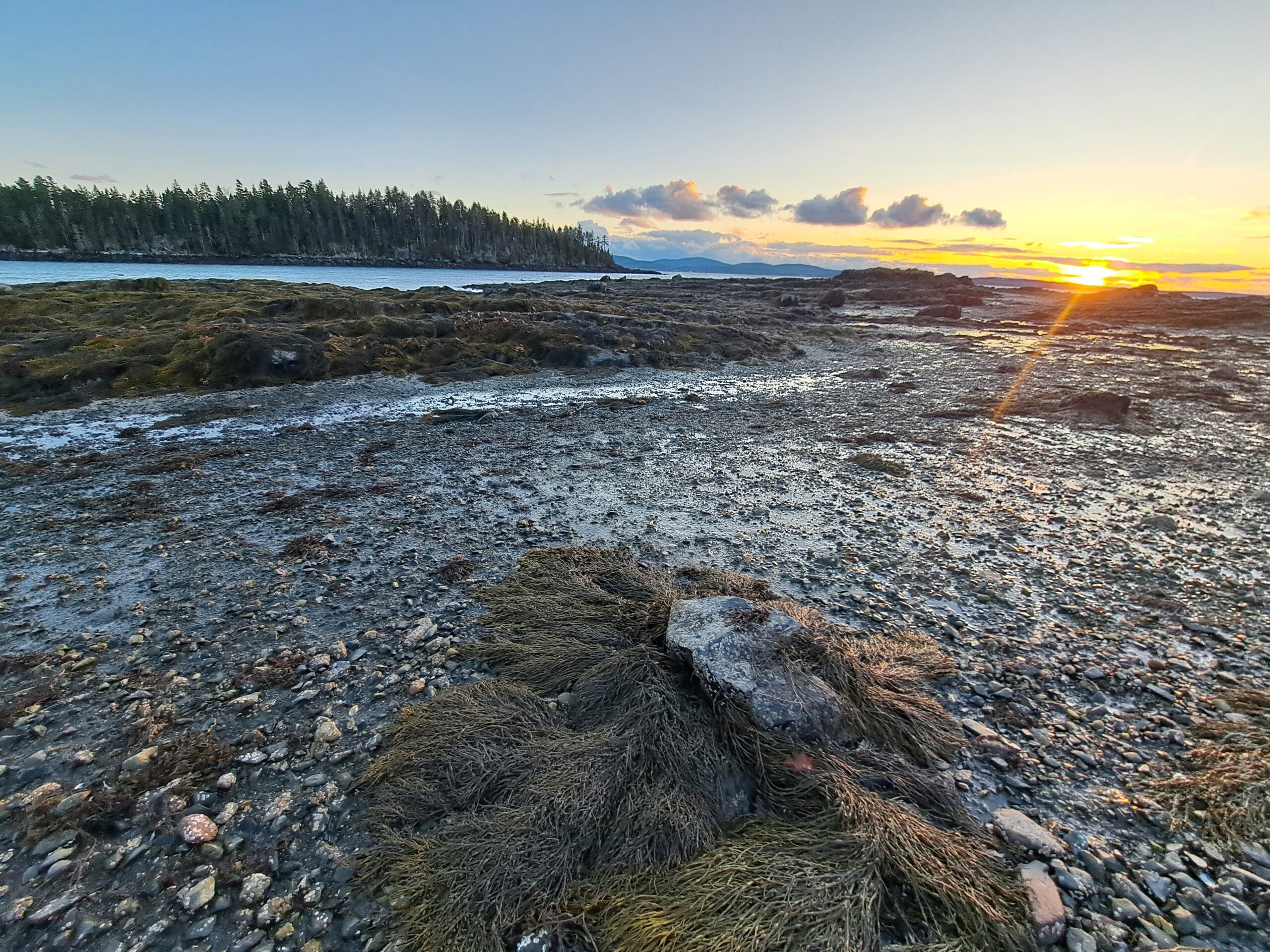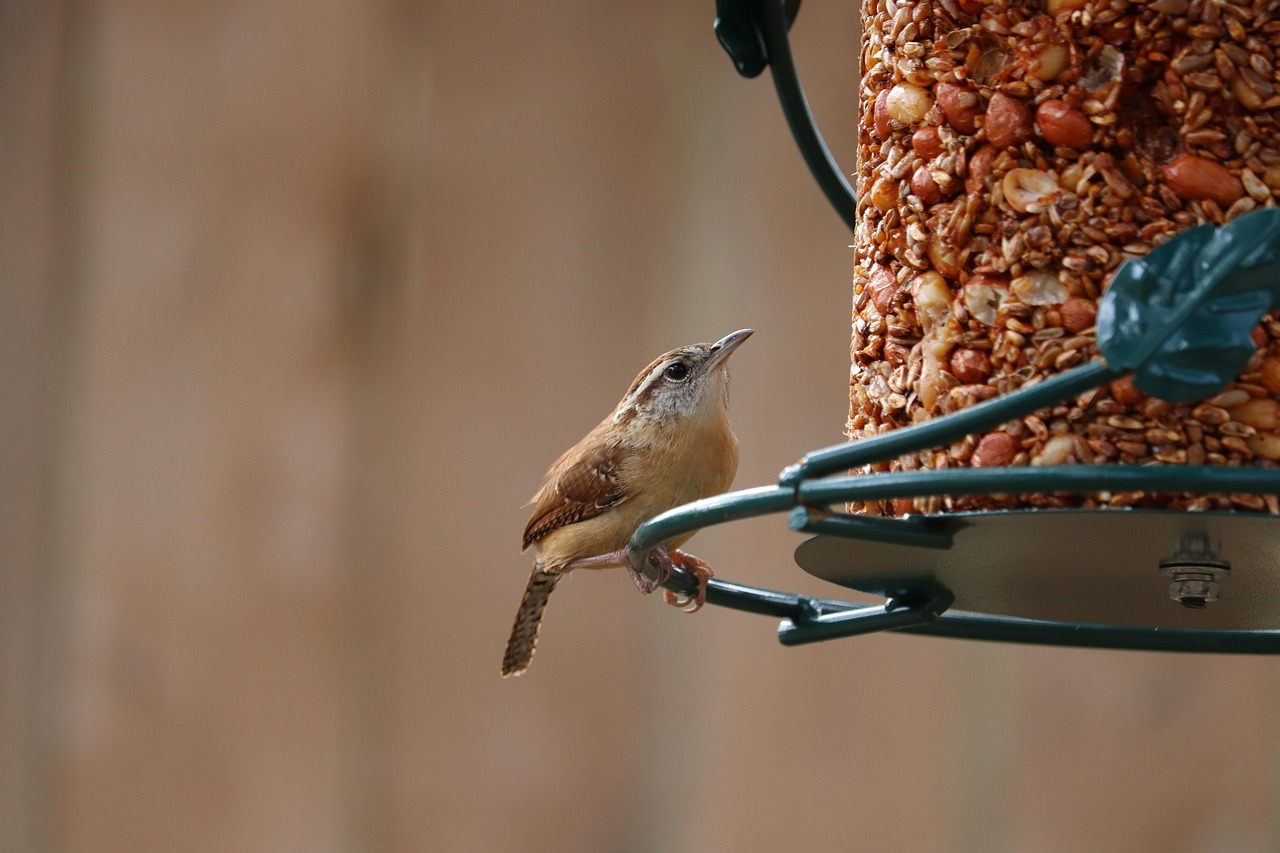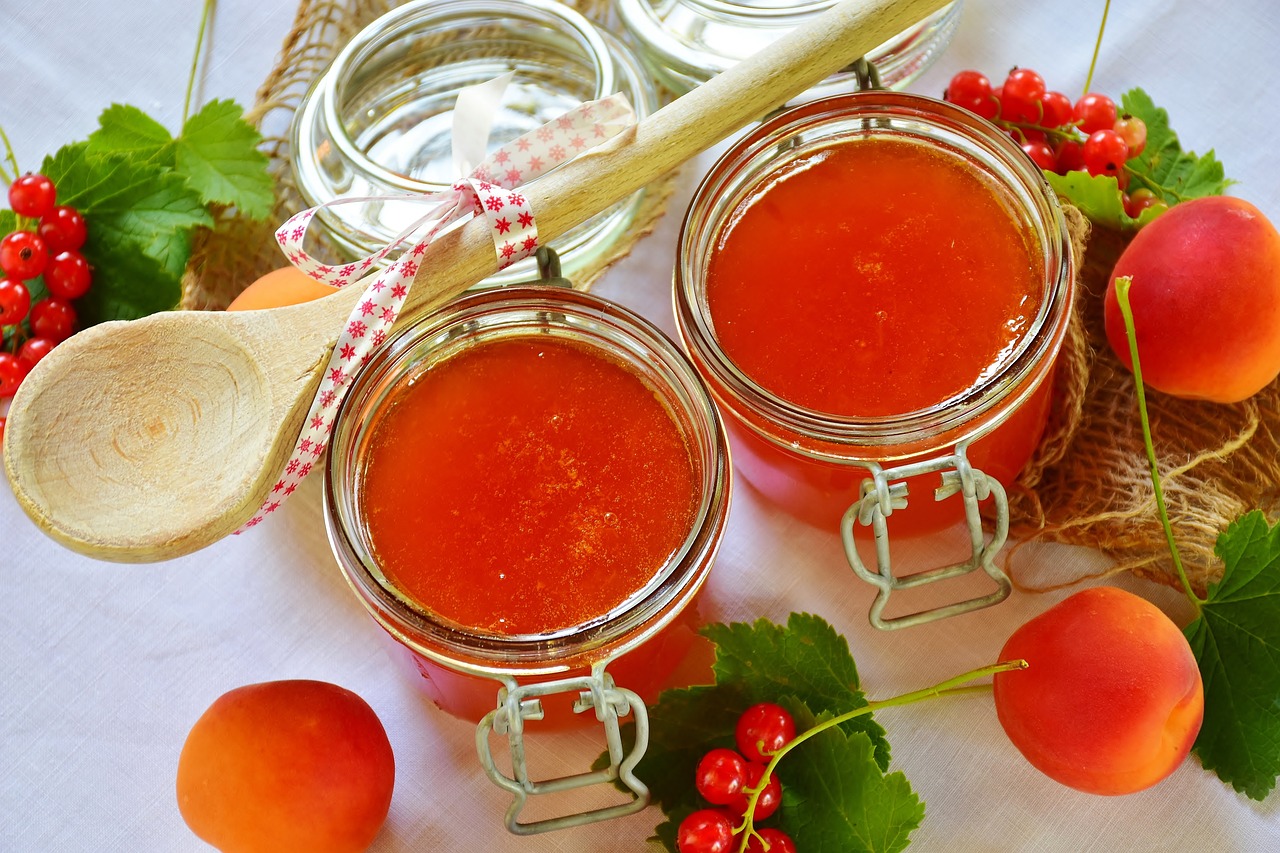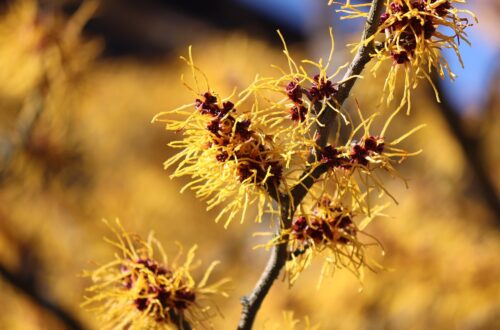Use seaweed in the garden to boost plant health, enhance soil structure and so much more!
In seaside areas, like here in coastal Maine, you can’t visit a beach without seeing a bit of kelp or other seaweed. In fact, seaweed is so ubiquitous that many of us overlook it as just “a bit of rubbish” on the beach. However, seaweed happens to be an incredibly useful soil amendment for gardens and it can be used to boost the health of outdoor and indoor plants, improve soil structure, keep pests away and much more.
If you want to learn how to use seaweed for plants and gardens, this guide is a great place to start!
Affiliate disclosure: As an Amazon Associate, I may earn commissions from qualifying purchases.
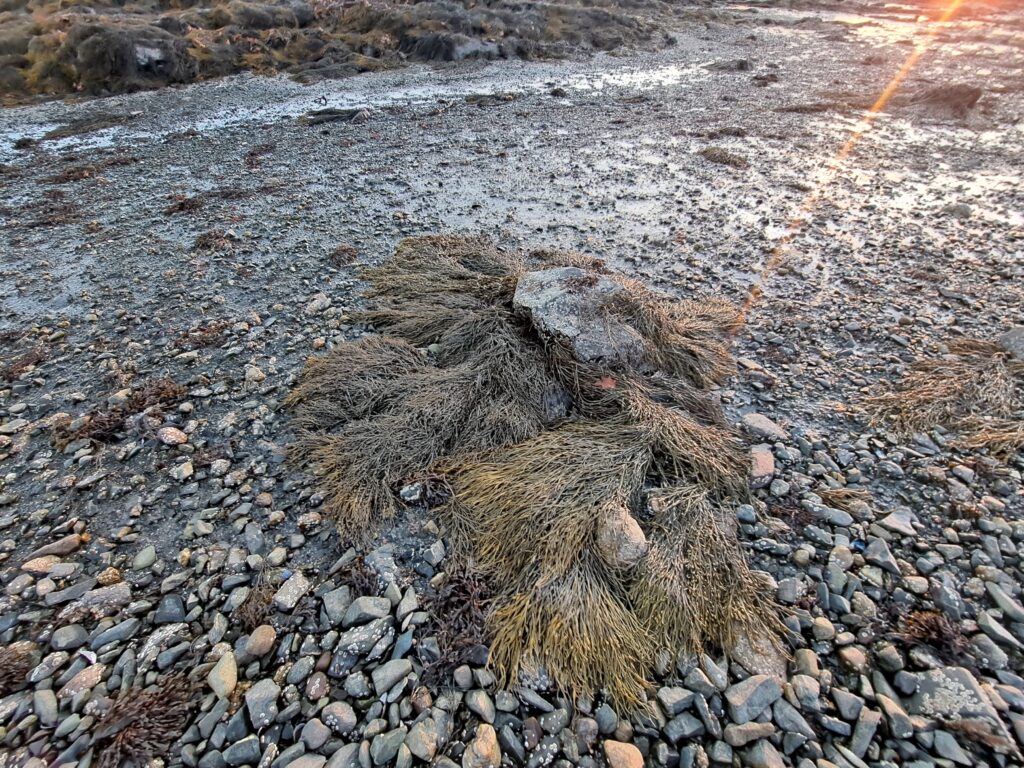
Benefits of Using Seaweed in the Garden
Seaweed can be used in many different ways in garden spaces and it’s also useful for houseplants. Although you may find different ways to utilize seaweed in your space, some of the main benefits of using seaweed include:
- It’s free! I mean, what’s better than that!?
- It’s available at any time of the year. Autumn leaves make a useful mulch, but you can’t get them in spring!
- It’s easy to work with. Seaweed doesn’t need to be processed before using it. In fact, you can apply seaweed to your garden as-is!
- It’s eco-friendly. Unlike bagged compost or mulch, seaweed doesn’t come in wasteful, single-use plastic bags. Beyond that, using earth-friendly seaweed in the garden reduces the need for synthetic fertilizers, pesticides, herbicides and fungicides too!
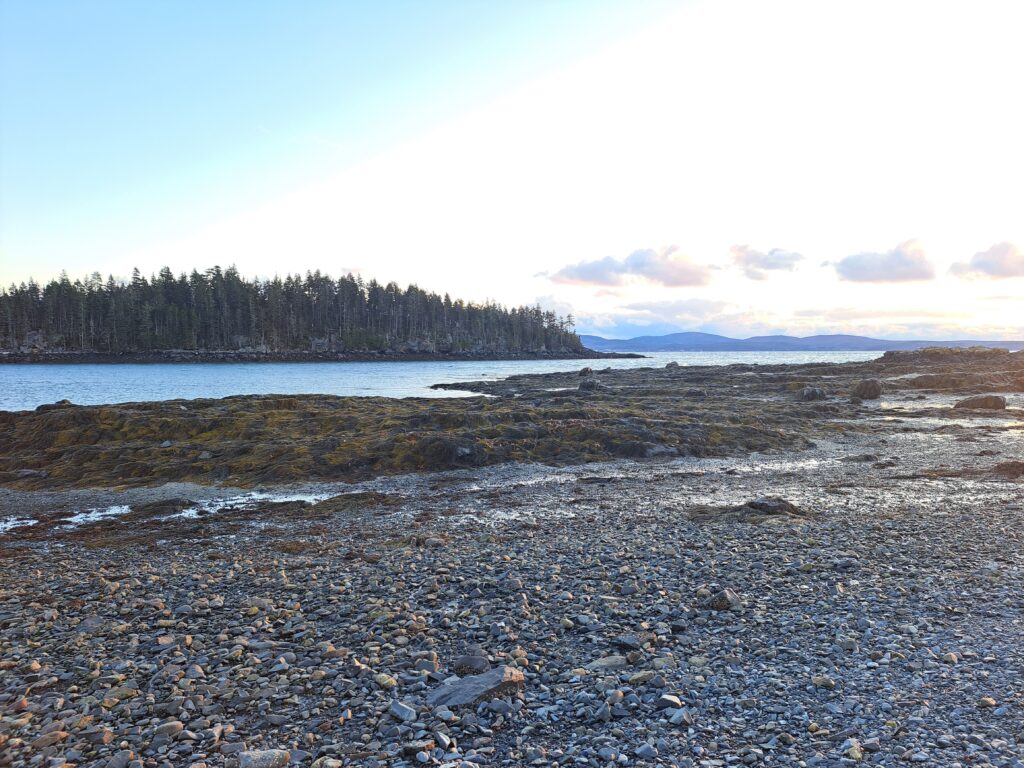
7 Ways to Use Seaweed in the Garden
Seaweed is a versatile garden product and it can be used on its own or in conjunction with your favorite soil amendments and natural mulches. Below are some of my favorite seaweed garden ideas, but you may find even more creative ways to use seaweed in your space!
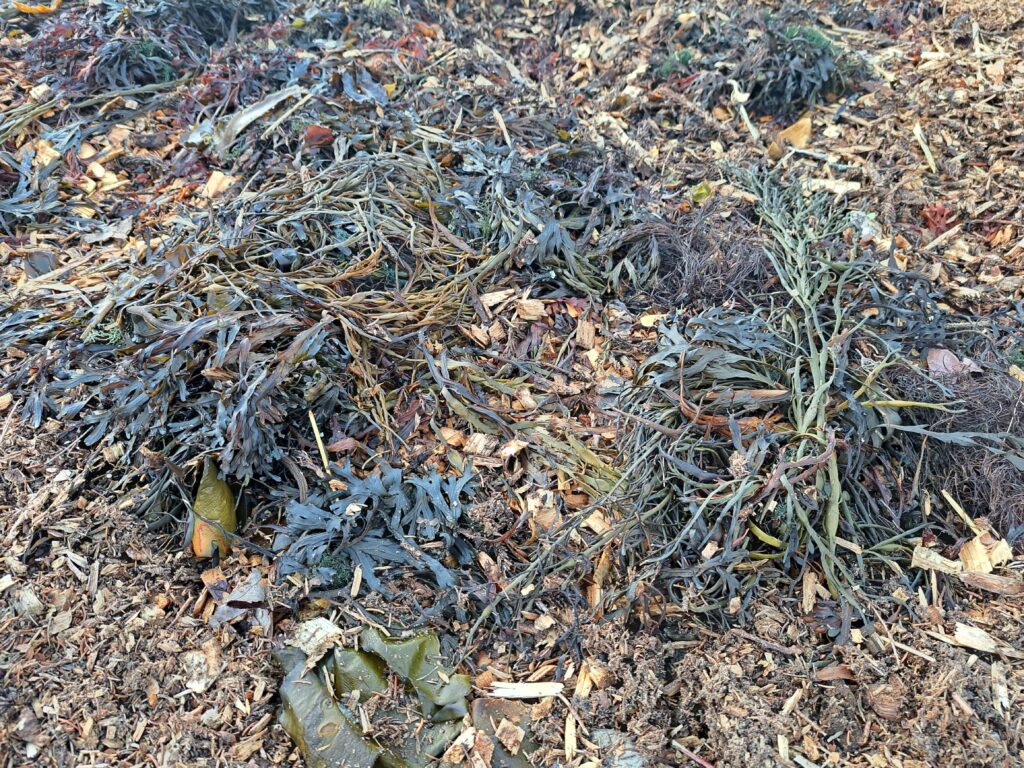
1. Seaweed mulch.
Many natural products can be used as mulch, including bark, wood chips, salt marsh hay, and weed-free straw. However, applying seaweed as mulch can be an even more cost-effective option if you live in a coastal area.
Not only is seaweed free (and weed-free too!), but seaweed mulch is ultra eco-friendly since it doesn’t require any trees or plants to be cut down. Plus, seaweed mulch is ideal for suppressing weeds, it can help prevent erosion and it keeps soil from drying out quickly… meaning you won’t need to water your plants as much!
To apply seaweed mulch, simply layer 4 to 6” of fresh seaweed over your garden bed and wait a few days for the seaweed to dry out and shrink to half its original height. Then apply an additional 4 to 6” of seaweed and wait for this to shrink too. This may seem like a lot of seaweed, but seaweed compresses down once it’s dried and you will want a nice, thick layer of seaweed to protect plant roots and lock out weeds.
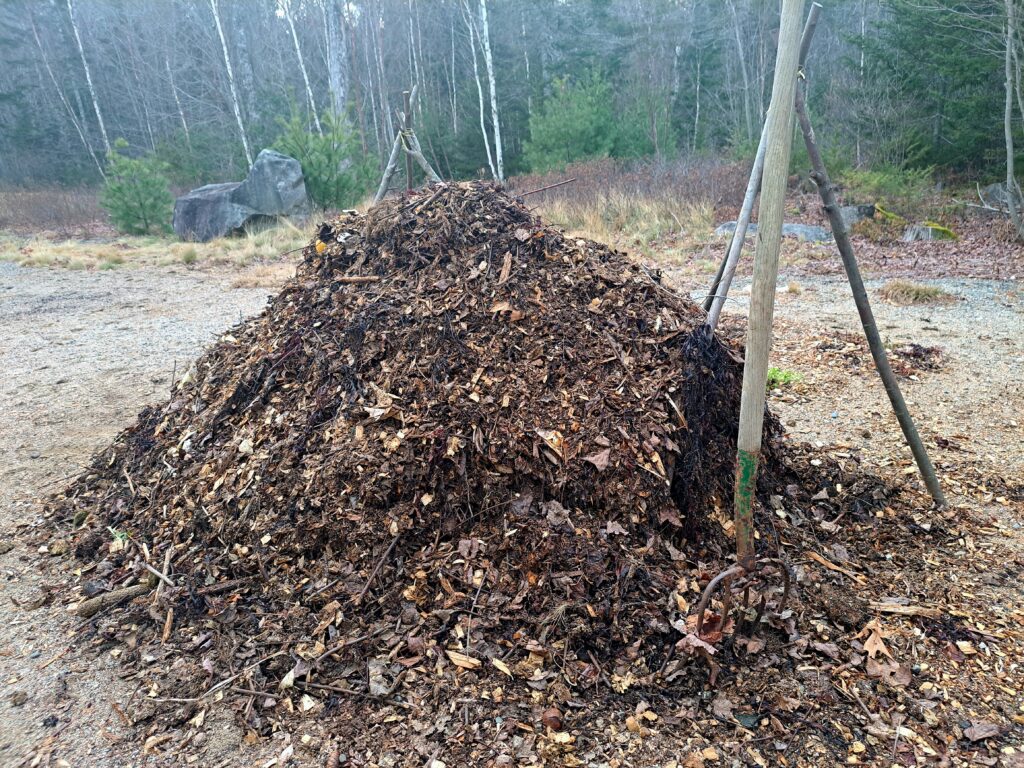
2. Seaweed compost.
Another easy way to use seaweed in the garden is to mix seaweed into your outdoor compost pile. In composting, seaweed acts as a nitrogen source and it can speed up the decomposition rate of compost piles and make a nutrient-packed finished compost for indoor or outdoor plants.
To use seaweed as compost, simply add 1 part dried or fresh seaweed for every 3 parts of carbon-rich materials (dried autumn leaves, sawdust, wood shavings, shredded newspaper, etc) to your compost bin. Then wait for the seaweed to break down on its own or speed things up by turning your compost pile every few days. Once you’ve finished composting seaweed, feel free to mix the seaweed compost into your garden beds, use it to top off your houseplant soil or brew it into homemade compost tea!
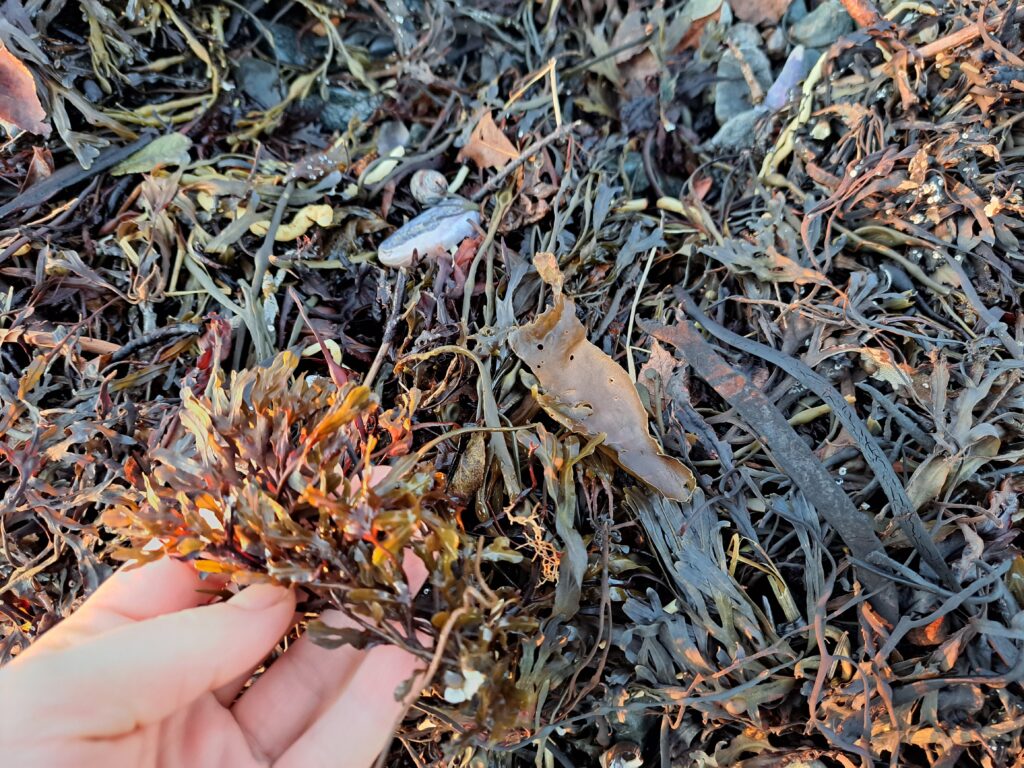
3. Liquid seaweed fertilizer.
Most garden centers sell liquid seaweed fertilizer, which can be used on houseplants or gardens. But if you have a lot of plants that need fertilizing, store-bought fertilizer can get pricey fast!
The good news is you can easily make your own FREE liquid seaweed fertilizer for plants using foraged seaweed. Simply rinse off fresh seaweed, pack it into a 5-gallon bucket filled with water, pop the bucket lid on and let the mixture brew for several weeks. Once the seaweed tea has brewed, strain out the seaweed pieces and use your liquid fertilizer as a soil drench or foliar spray on any plant that needs extra attention.
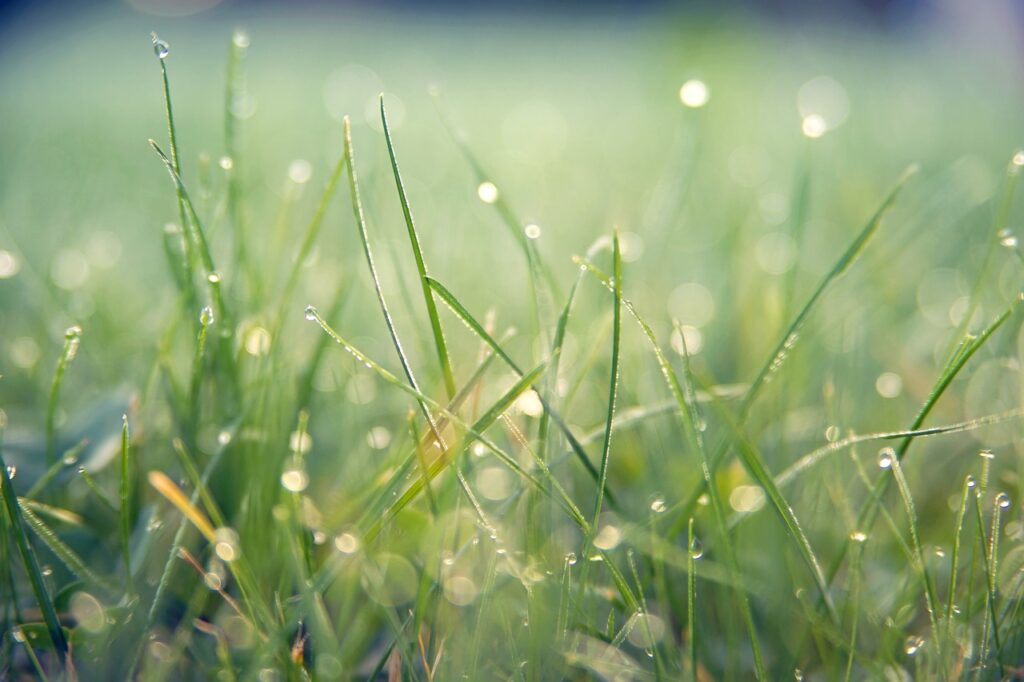
4. Seaweed for lawns.
Grass lawns often need a lot of fertilizer to maintain their lush, green color. However, you can skip the fertilizer entirely by using seaweed on your lawn instead. Depending on your gardening style, you can touch up your lawn by spreading seaweed compost over your grass with a broadcast spreader or apply seaweed fertilizer tea using a garden sprayer instead!
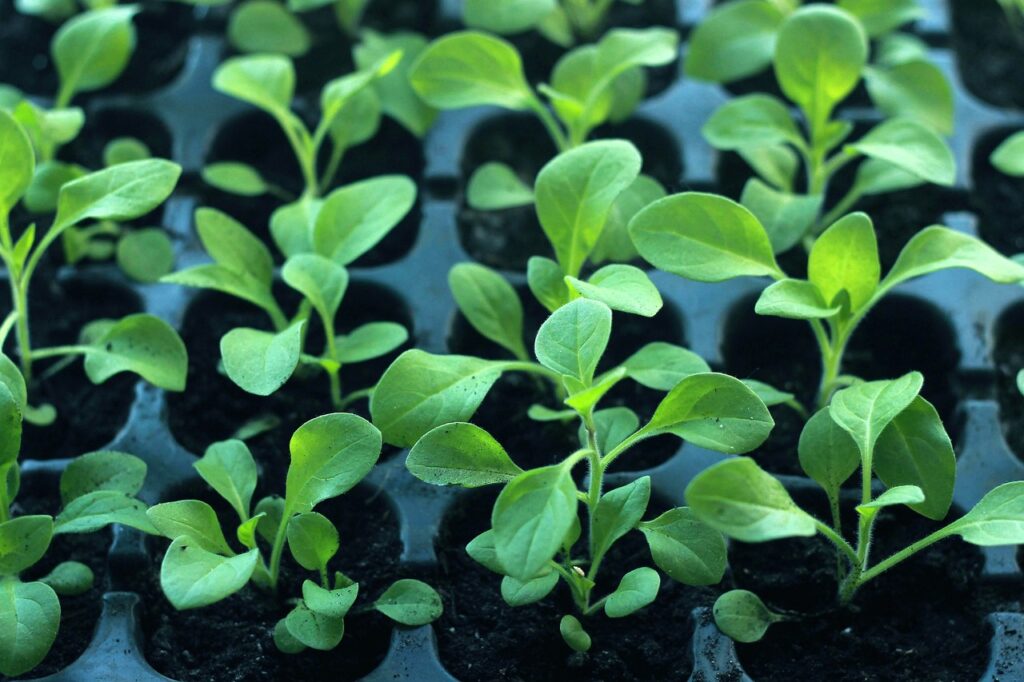
5. Seaweed for seedlings.
Do you start your own seedlings indoor during the winter? If so, those little seeds may benefit from an application of a liquid seaweed fertilizer. Spritzing seedlings with seaweed fertilizer enhances their grown and boosts germination rates and seaweed tea can also reduce fungal diseases and damping off as well!
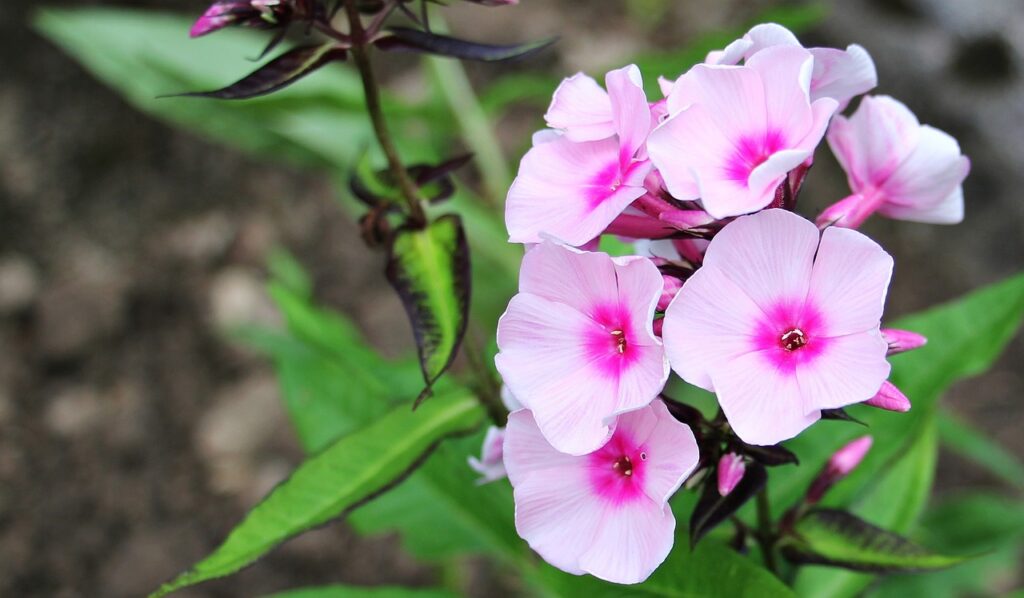
6. Seaweed for fungal issues.
Just as seaweed foliar sprays can reduce the incidence of fungal issues on seedlings, liquid seaweed extracts can also eliminate fungal issues in the garden. Downy mildew and powdery mildew can cause a lot of headaches for gardeners – particularly if they grow mildew-prone plants like peonies, phlox and squash. Luckily, some evidence suggests that seaweed sprays can help with mildew issues too!
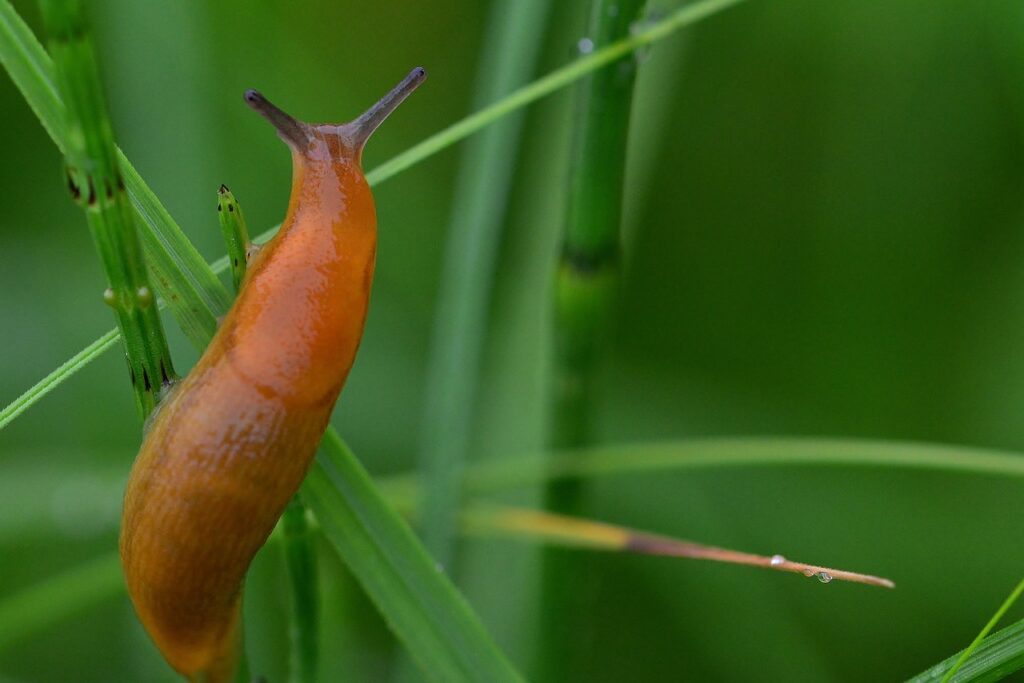
7. Seaweed for slugs and snails.
Everyone knows that slugs and snails don’t handle salt well. But you can use that fact to your advantage by surrounding plants that slugs and snails love (think hostas, brassicas and lettuce!) with a ring of seaweed mulch. While seaweed only contains small amounts of salt that won’t harm plants, that additional salt may be enough to keep slugs and snails from invading your garden!
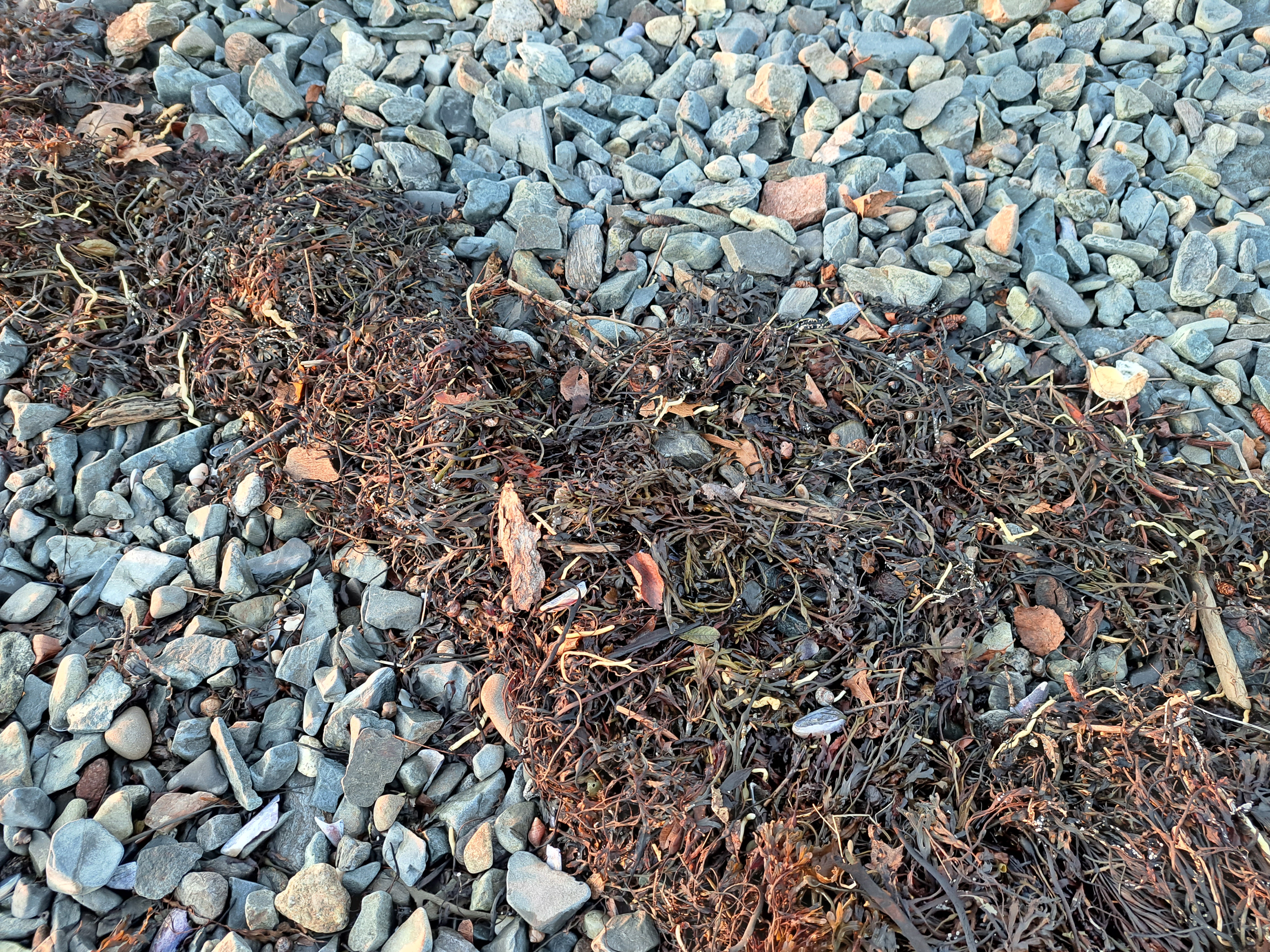
Tips for Collecting Seaweed
If you live near the ocean, you can gather seaweed on your own in any season. Just head out to the beach with a bucket, sturdy plastic bag or wire basket and gather up as much free seaweed as you need for your gardening projects. But while harvesting seaweed isn’t complicated, there are a few basic foraging guidelines you’ll want to keep in mind as you work.
- Pick loose seaweed. Seaweed that is still attached to rocks should be left in place. It’s still living and is providing habitat for creatures!
- Don’t overharvest. Remember, many animals and insects use seaweed for shelter so be sure to leave some seaweed behind. A good foraging rule of thumb is to never harvest more than 1/10 of the plants you see.
- Gather seaweed from the mid-beach area. Seaweed gathered from the middle of the beach will be drier and easier to carry that fresh, wet seaweed. Plus, mid-beach seaweed usually has less bugs in it, but you’ll still want to give it a good shake before adding it to your bucket!
- Only collect seaweed from clean areas. Run-off from factories and other industrial areas can sometimes contaminate waterways and you don’t want that yuck finding its way into your garden seaweed.
- Follow local harvesting guidelines. It’s always a good idea to check with local foraging guidelines before gathering wild plants or seaweed for your garden. Some municipalities may forbid this activity, so be safe and ask first!
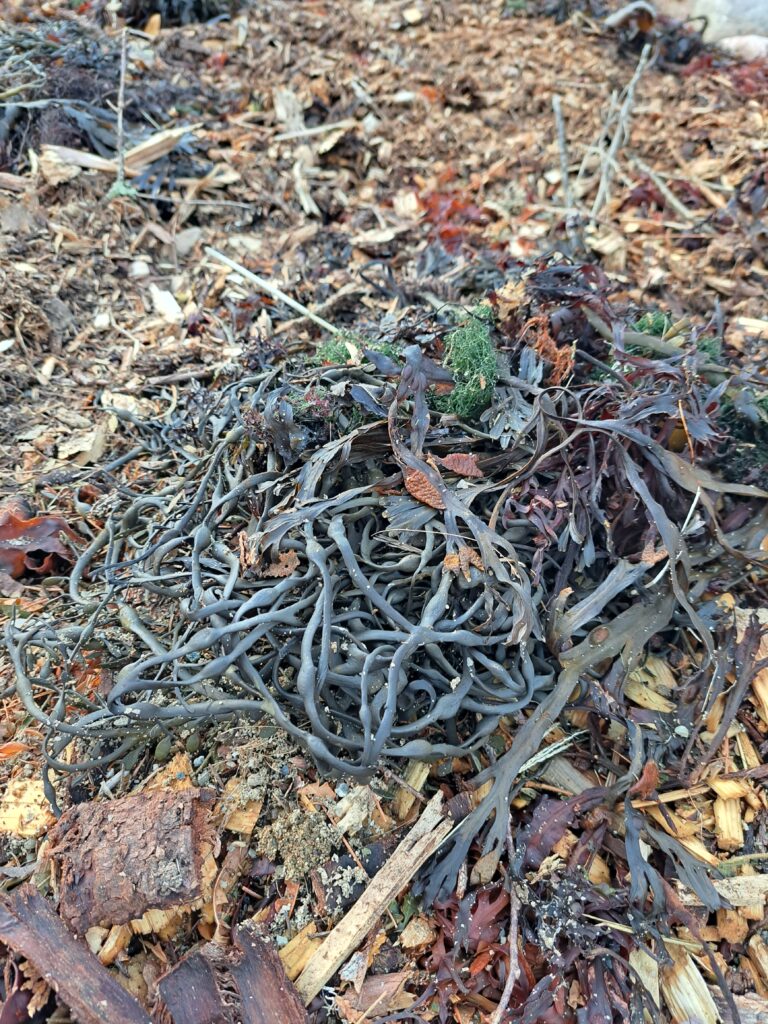
Frequently Asked Questions About Gardening with Seaweed
Can I put seaweed straight on the garden?
Yes you can! Fresh seaweed can be added right to your garden or compost pile; however it’s best to apply fresh seaweed only to the top of your garden soil and mix it in after it’s had time to dry and break down. Fresh seaweed can sometimes tie up soil nutrients, but this won’t be a problem if you compost seaweed before adding it your garden.
Which plants benefit from seaweed?
Most plants, including vegetables, fruit, herbs and ornamentals, will benefit from seaweed mulch or fertilizer. On top of that, you can also use seaweed compost or seaweed tea on houseplants!
Is seaweed too salty for garden spaces?
Usually no. While seaweed does contain some salt, seaweed salt levels are usually too low to affect soil salinity unless you already have salty garden soil. If you’re concerned about seaweed salt, feel free to rinse off your seaweed before adding it to your garden or compost pile.
